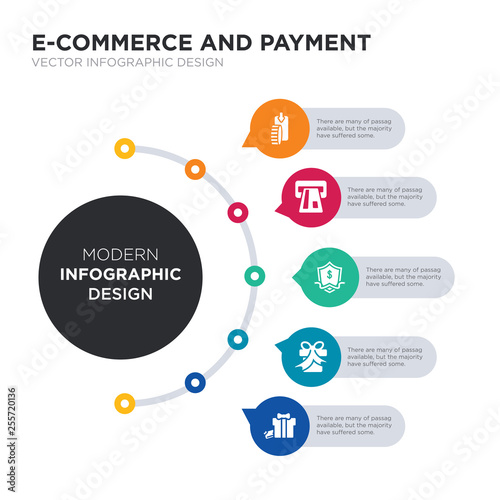Engraved glass awards evoke an undeviating spirit of commitment and quality. They promote a culture of recognition that transcends hierarchical borders.
Wheel inscription is displayed on a goblet most likely made in the 1700s covered with detailed Chinese-style motifs. These themes revealed allegiance to the Jacobite cause. This is an exceptional instance of how imported Asian products affected European layout fads.
Origins
As glassmaking ended up being more sophisticated, engravers understood that a style included in a piece of glass transformed it from practical right into desirable. They experimented with a range of scraping, abrading and reducing strategies.
The most competent engravers generated great thorough job. Anna Roemers Visscher, who was a glass cutter and engraver, was renowned for her delicate flowers, influenced by the natural history publications preferred in her time.
Engravers also carved fine linework into glass. By the end of the 17th century, engravers had actually started to desert straight quality in favour of crosshatched chiaroscuro effects. Among the earliest examples is recorded on a jug by a Rotterdam engraver that authorized his deal with a jotted liberty and vigour that raised it over the rest.
Engraving continued to be a prominent strategy, although it was significantly eclipsed by cut glass and new techniques such as etching, which was less expensive than engraving. Nevertheless, economic pressures after c1905, along with decreasing quality of cut glass, saw an increase in the popularity of personalized glass, called rock crystal.
Strategies
Glassmakers used a variety of methods to mark or embellish the surface of a vessel, typically incorporating various approaches. One strategy called stipple inscription, as an example, makes use of a factor of tungsten or ruby to make small dots on the glass surface which create contrasting white lines when light shines through them.
Engraved glass awards are treasured for their sophistication and stature. They reflect the deep esteem and click here respect that companies hold for their staff members and foster a society of quality.
The clarity of glass personifies the openness and sincerity of business recognition, urging receivers to analyze their accomplishments and review their trip in the company. In addition, the capacity of personalized glass to show customized text and images permits the production of extremely distinct and meaningful honors that stimulate the sense of majesty associated with this impressive product.
Styles
From the sleek lines of company honors to the etched text on glass prizes, etched crystal is a stylish symbol of acknowledgment. Whether shown on someone's desk or kept as a memento, these customized pieces share a feeling of status and professionalism and reliability that is difficult to locate in various other materials.
The design of personalized glass has transformed with time to show changing preferences and technological advances. The old method of copper-wheel engraving has actually resisted predictions of obsolescence, and brand-new methods like etching are taking over where stippling as soon as held sway.
The earliest diamond-point engraving, of the 16th century, is tight and official. It gradually came to be much more supple and pleasing, yet might easily deteriorate into over-elaboration. In the 19th century Thomas Webb & Sons presented "rock crystal" with deep cutting and copper-wheel engraving, which imitated high-end vessels cut of rock crystal in Europe and the Orient (see Ewer by Webb & Sons). The firm's major engravers were Bohemian immigrants Frederick Engelbert Kny and William Fritsche, who authorized their deal with a monogram G.
Definition
Engraved glass was pricey and demanded. This was because it entailed the most requiring glass refining method and relied on the accuracy and effort of a proficient craftsman. The acme of etching came in the 17th century and was significantly a part of the Baroque and Rococo periods.
Throughout this time, personalized goblets could be made use of to interact messages of social standing. They would present household crests and political obligations. They might additionally show off one's preference for the most recent style and design fads.
Today, engraved glass is still a vital art type. Nonetheless, advancements in modern technology and laser innovation have structured the process and made it extra accurate. The resulting detailed designs are both sensational and durable. Additionally, new kinds of glass have actually been established to react better to lasers. This has actually increased the possibilities for musicians and developers. It likewise decreases the environmental effect of the procedure. For example, optical crystal is an exceptional choice for engraved honors because it is clear and shows light well.
